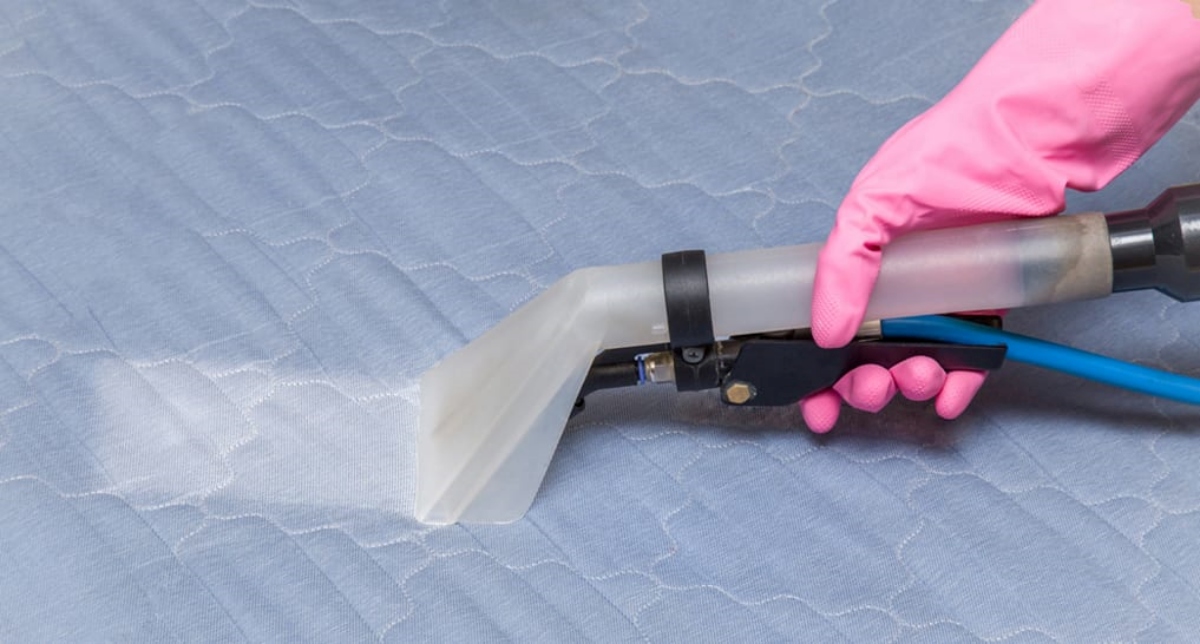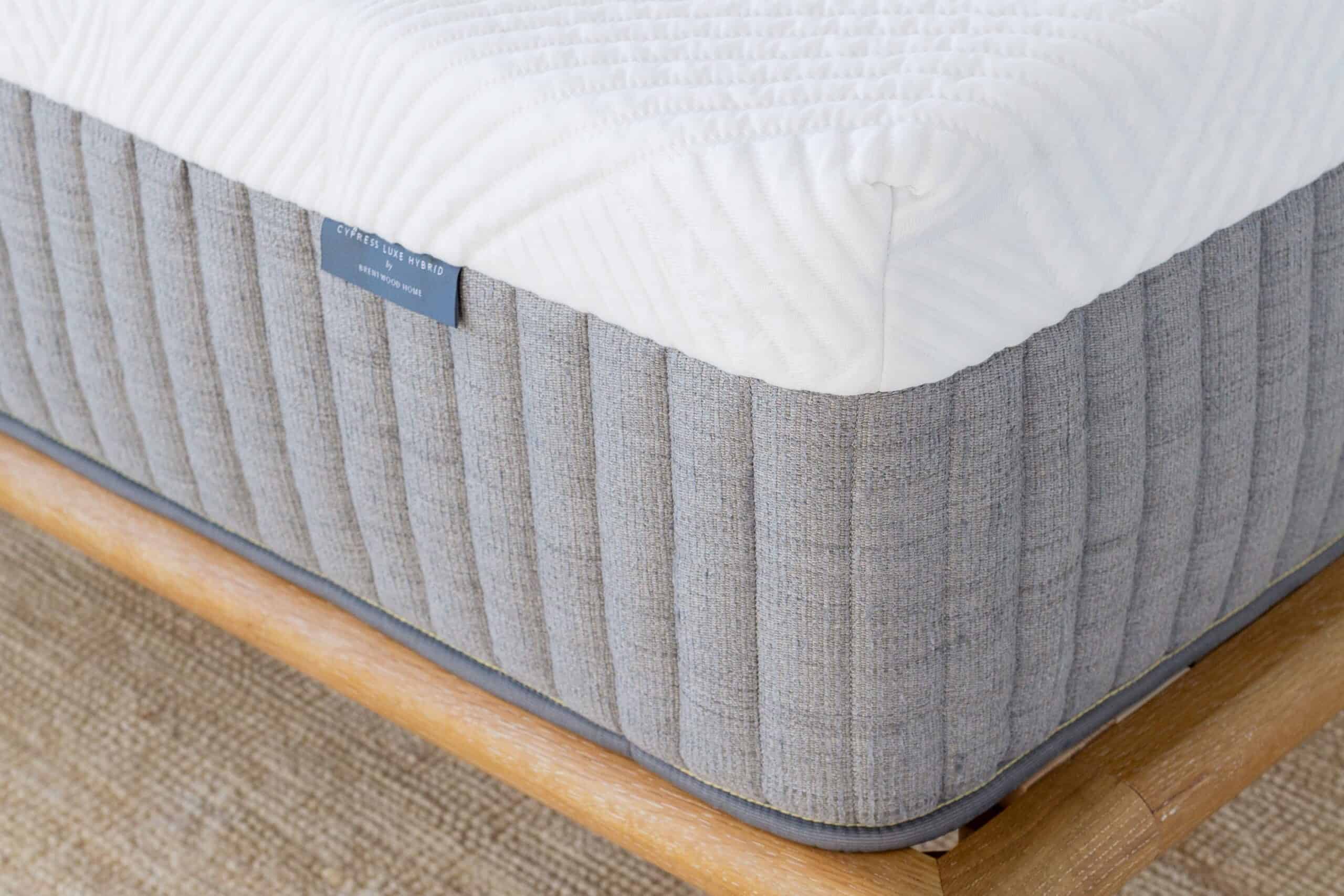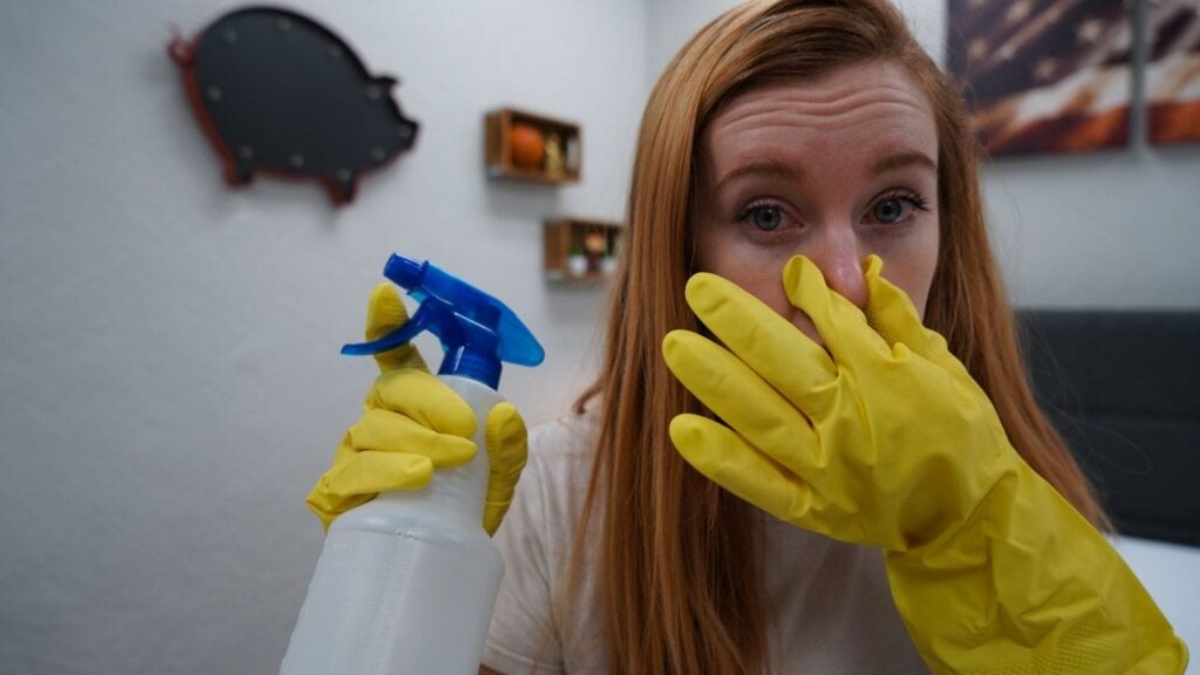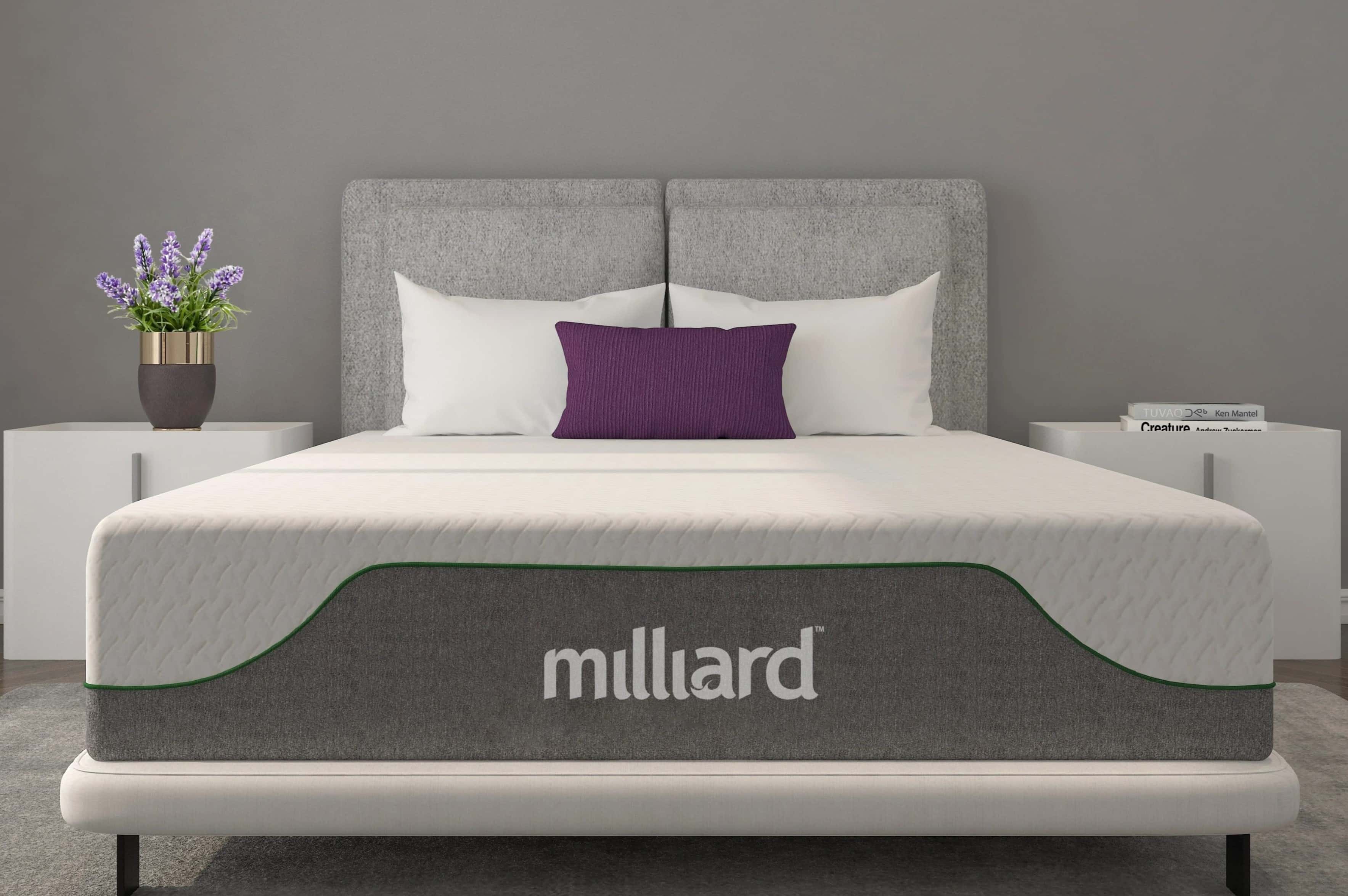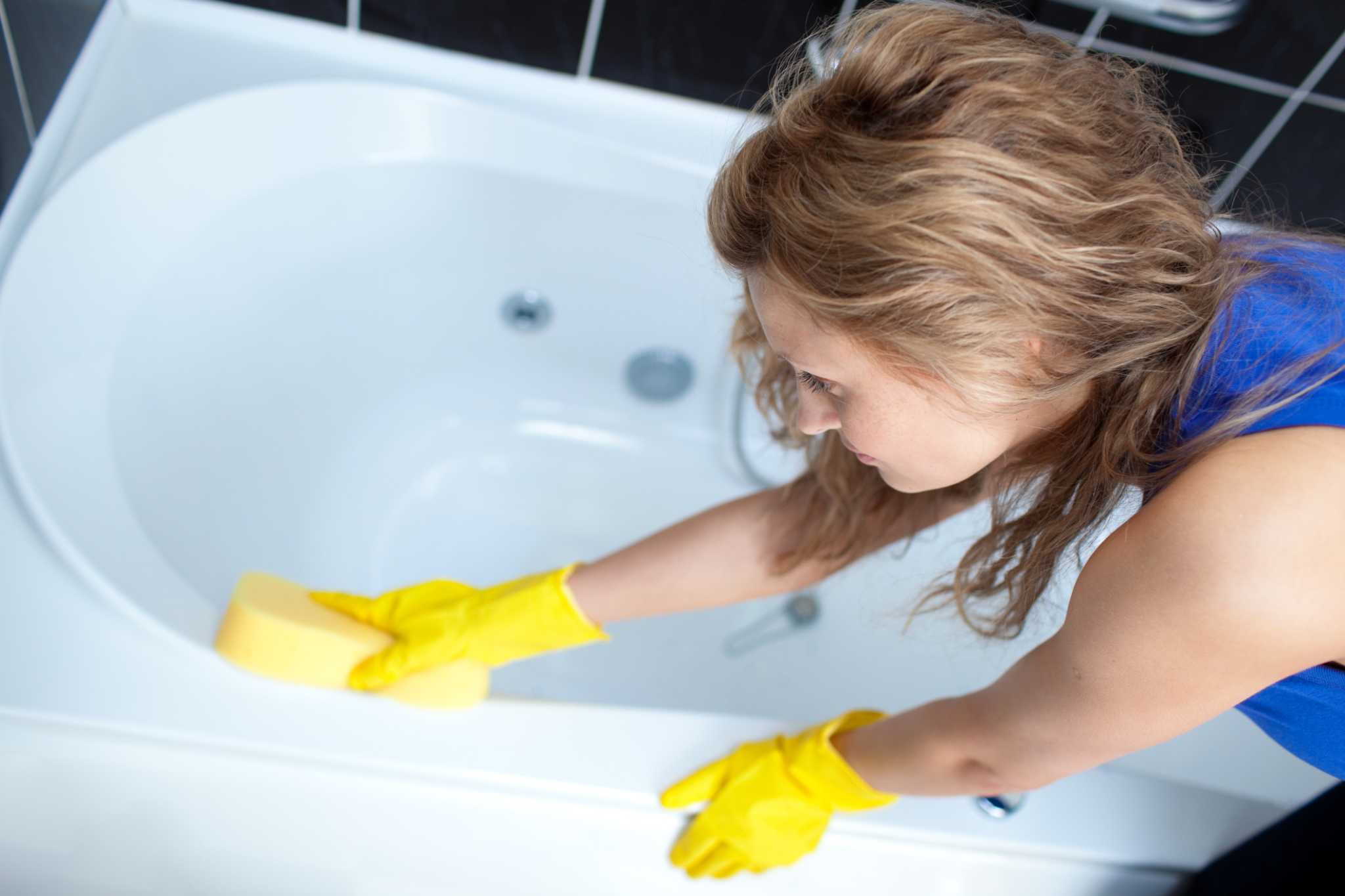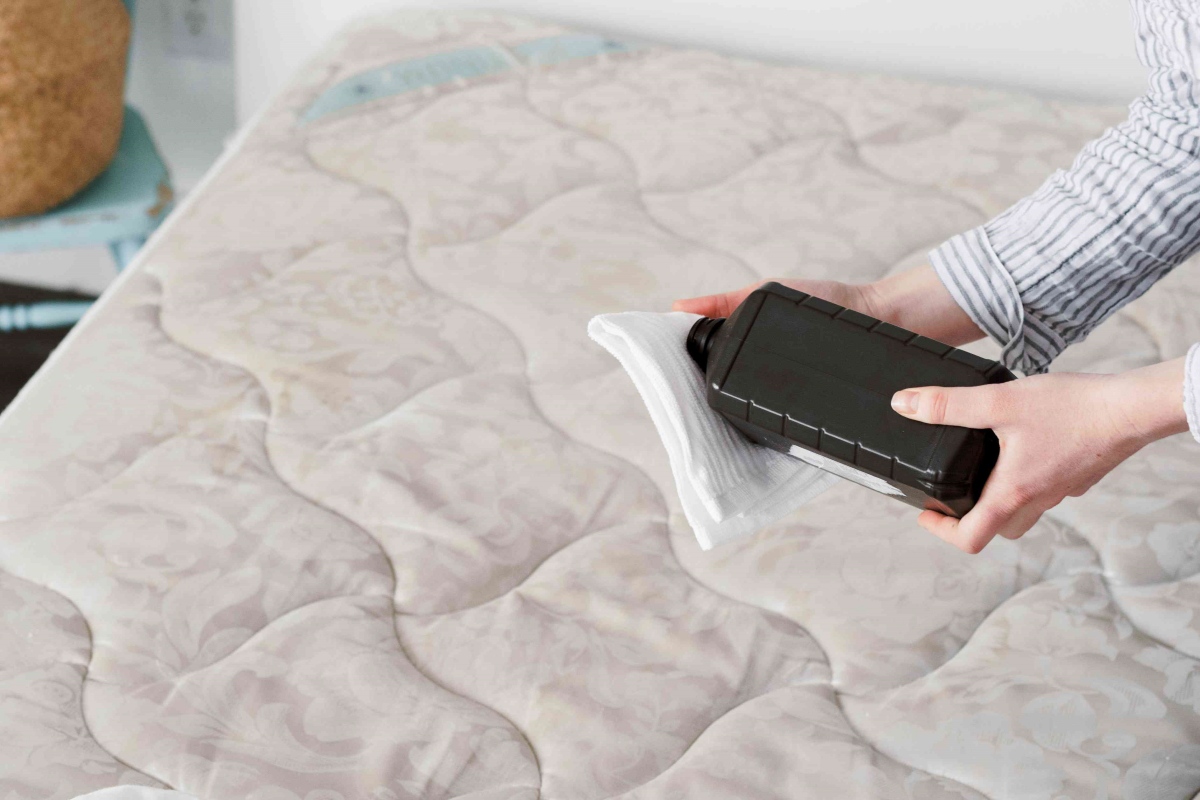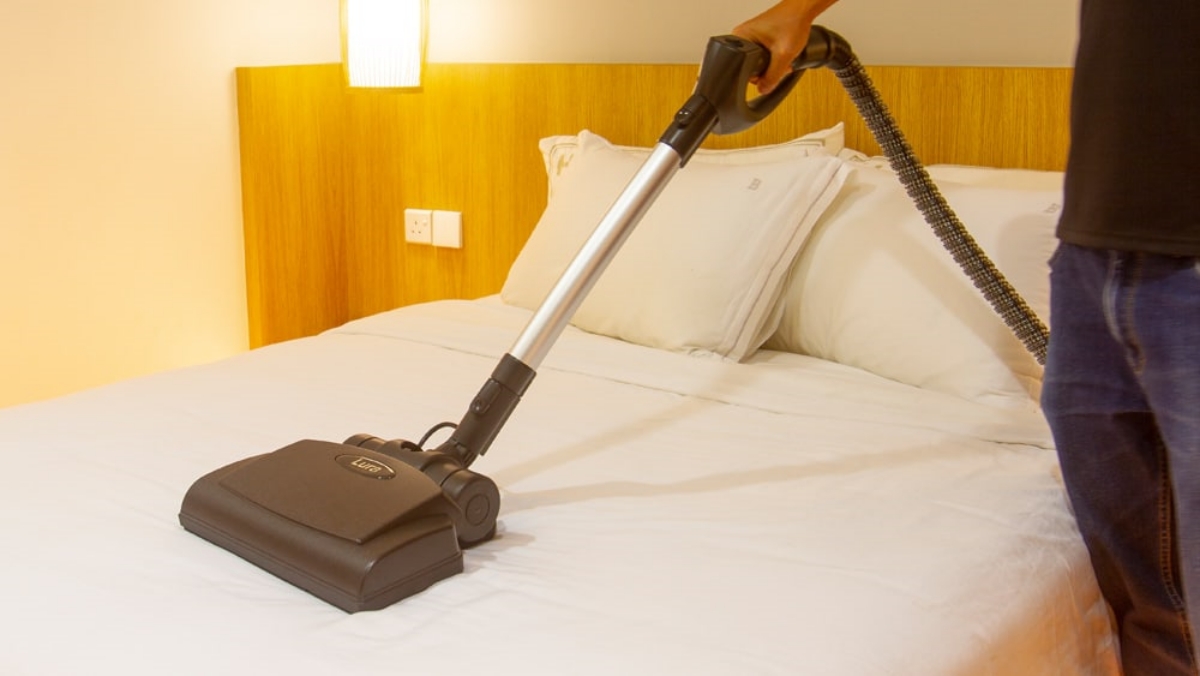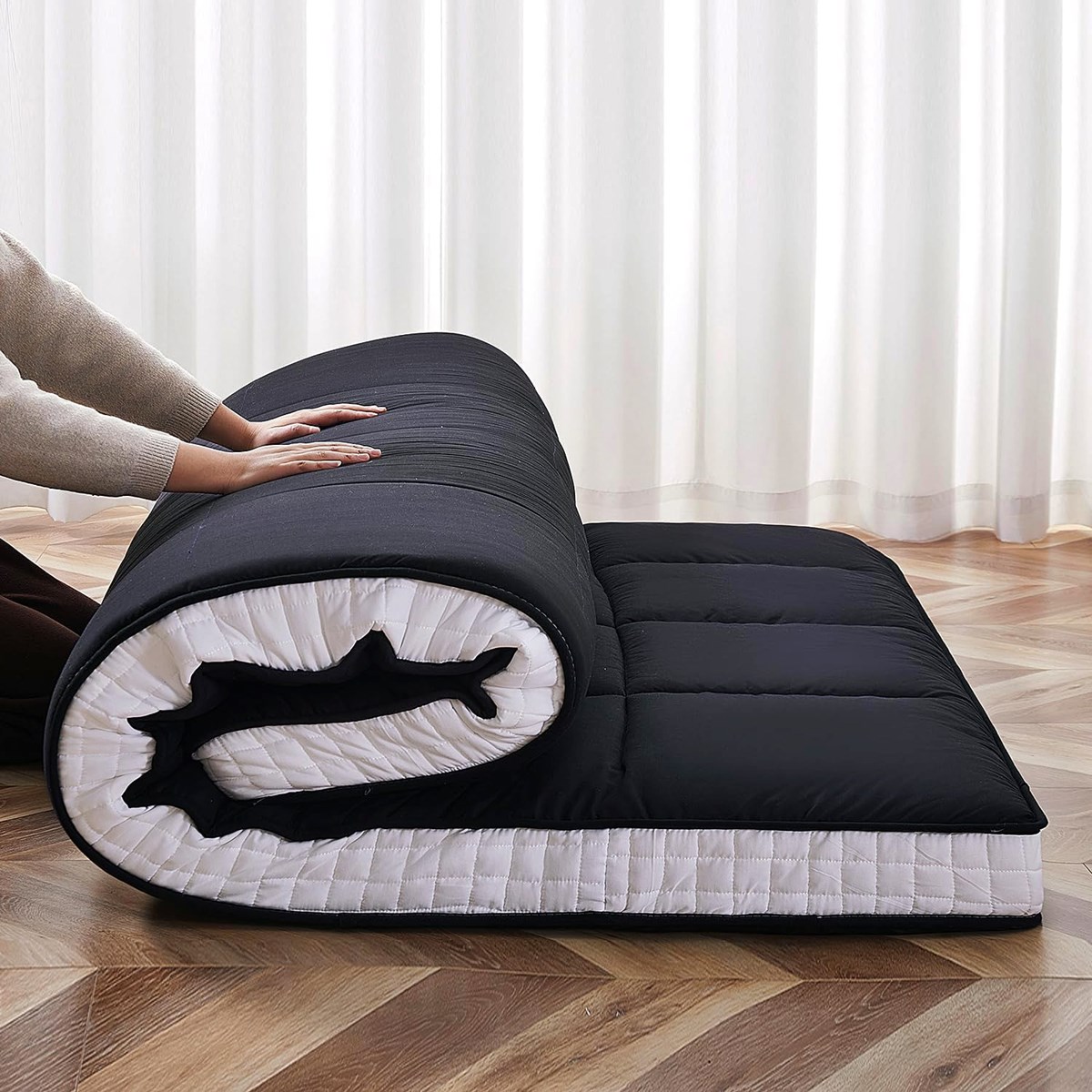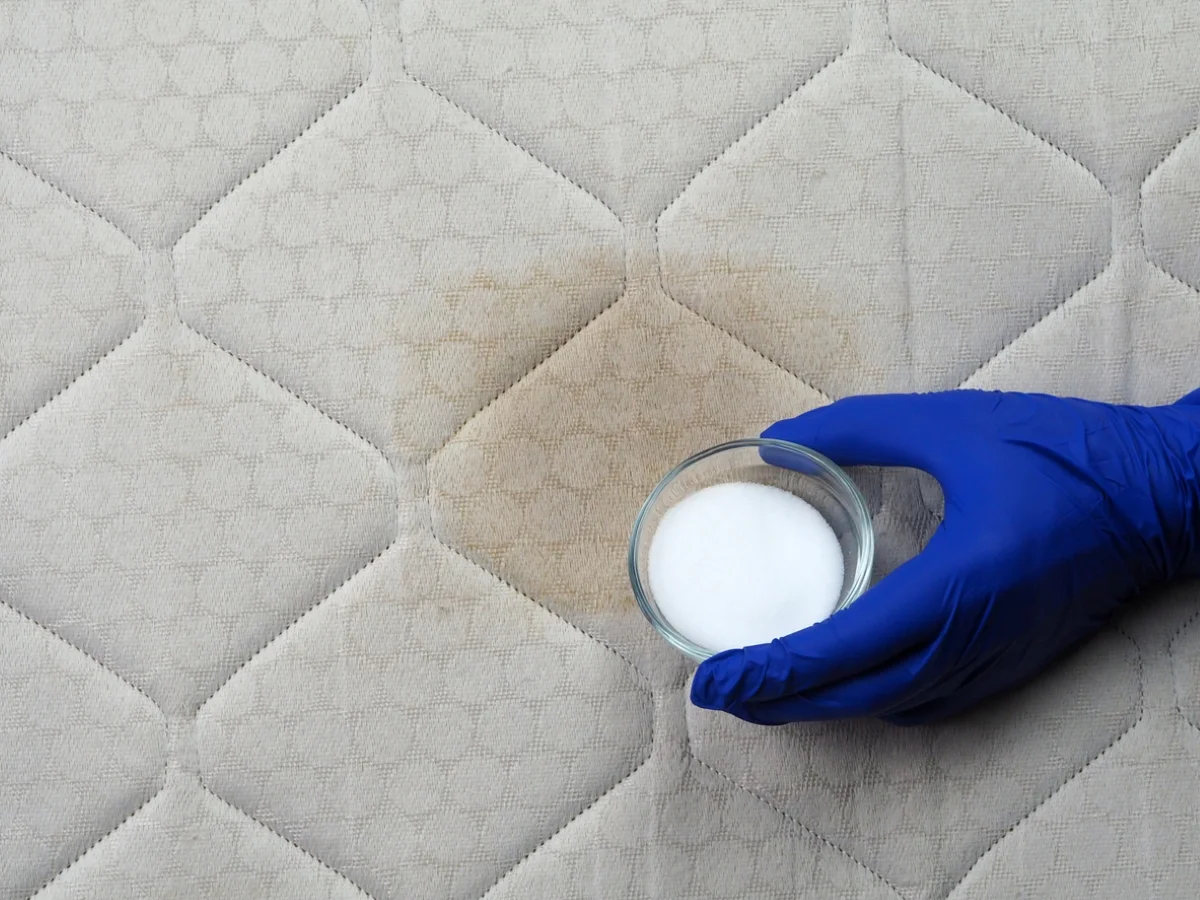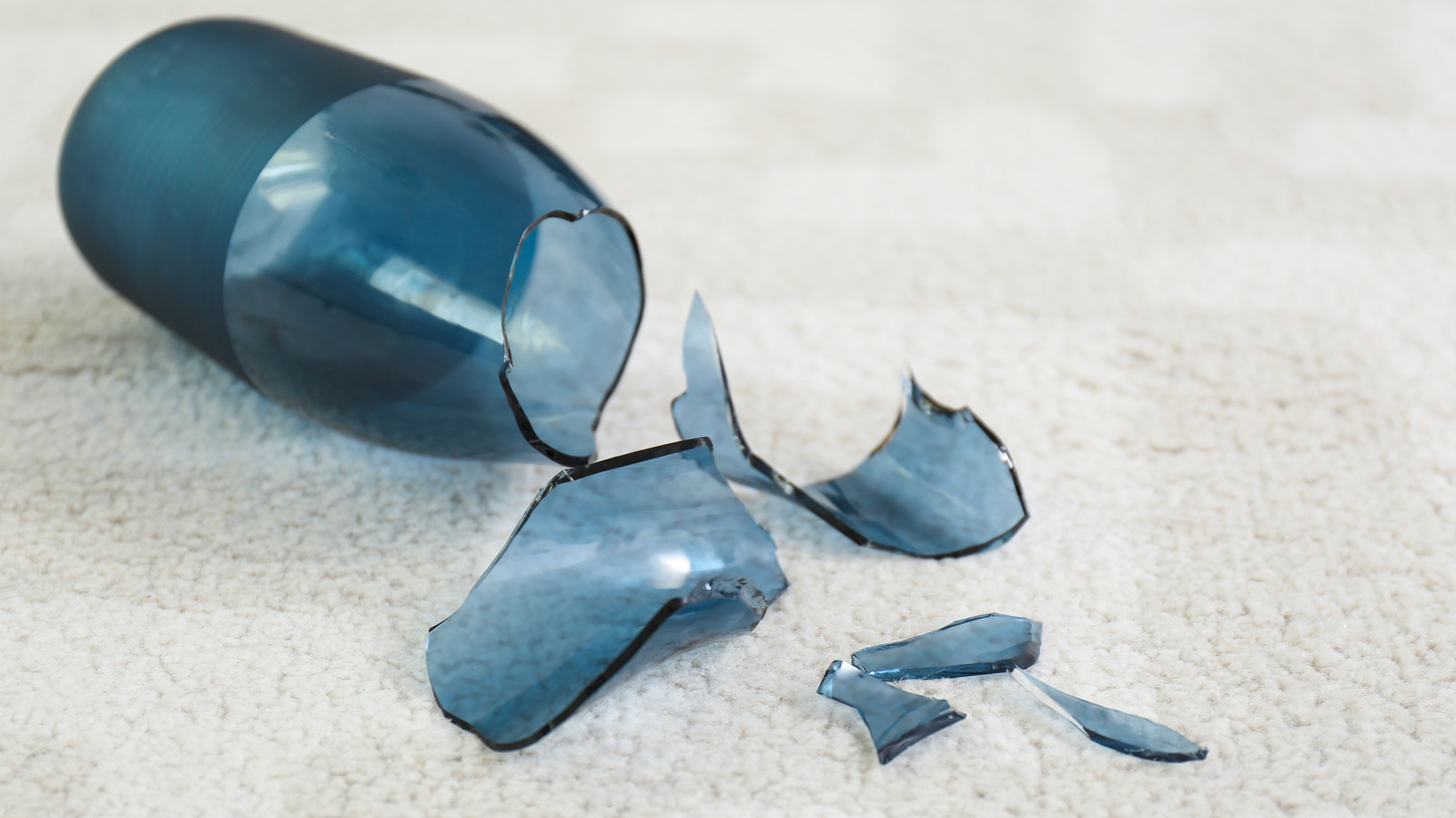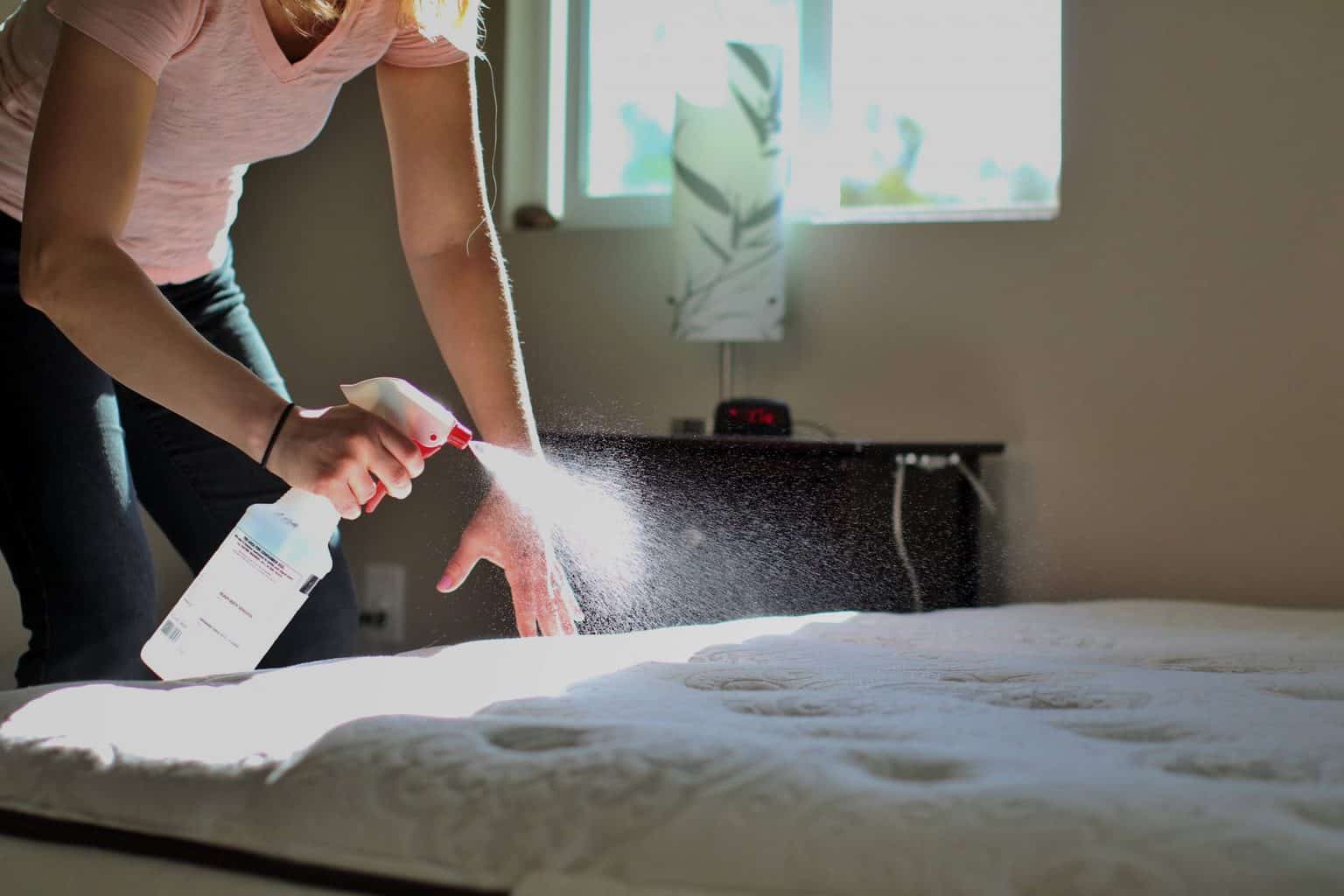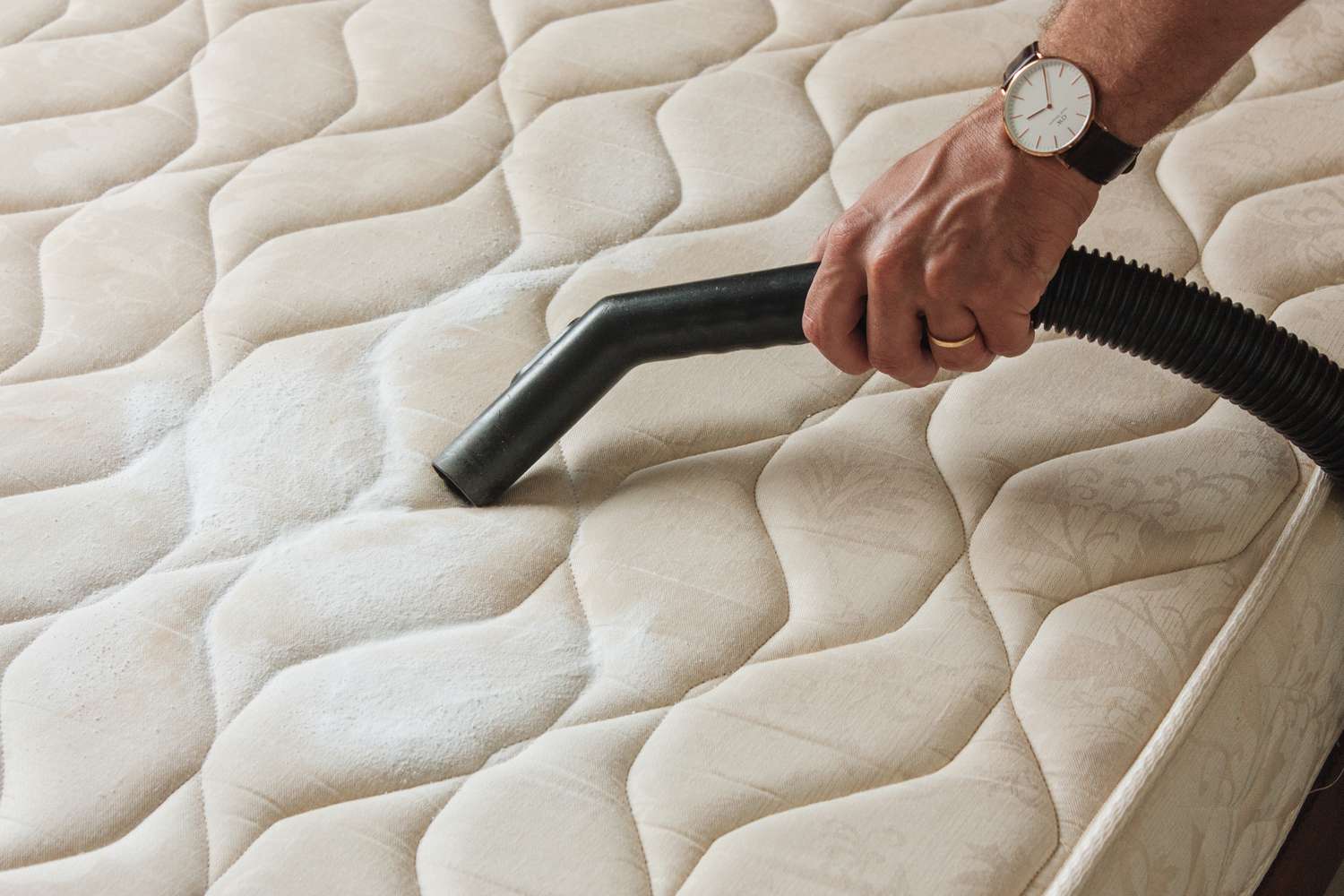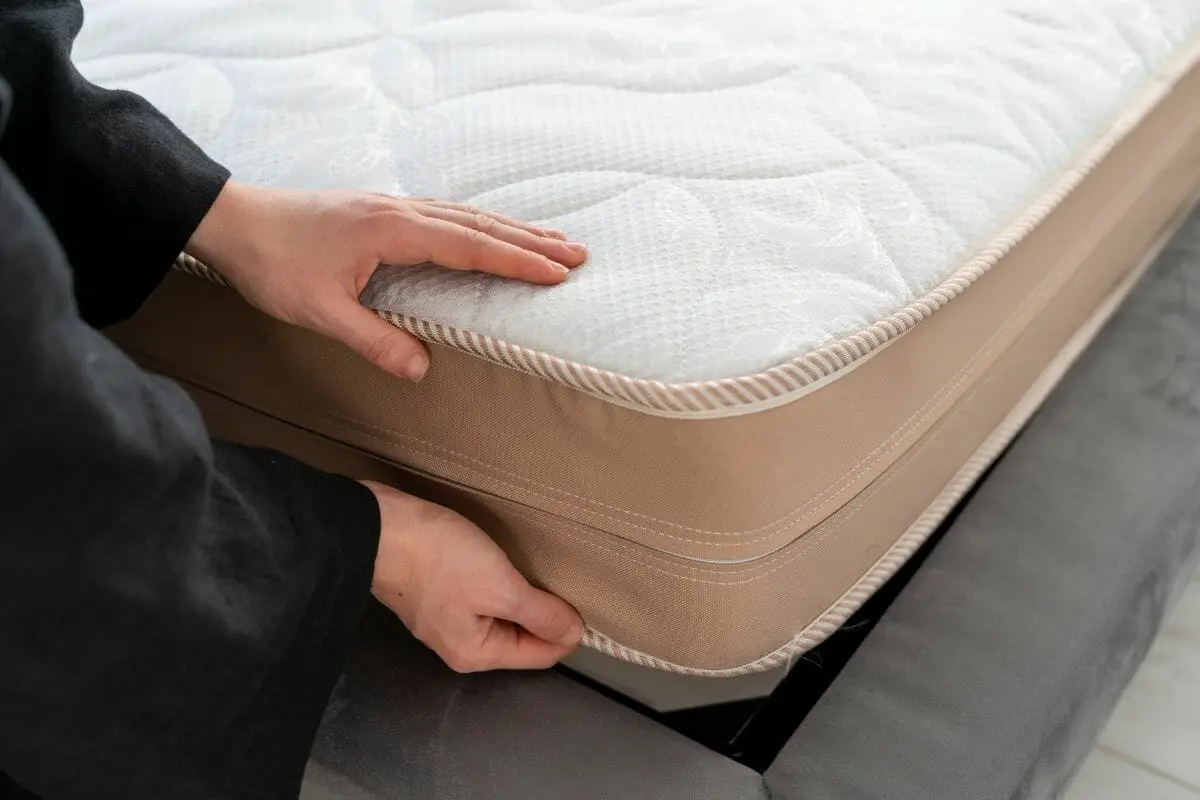Home>Furniture>Bedroom Furniture>How To Clean Up Fiberglass From A Mattress
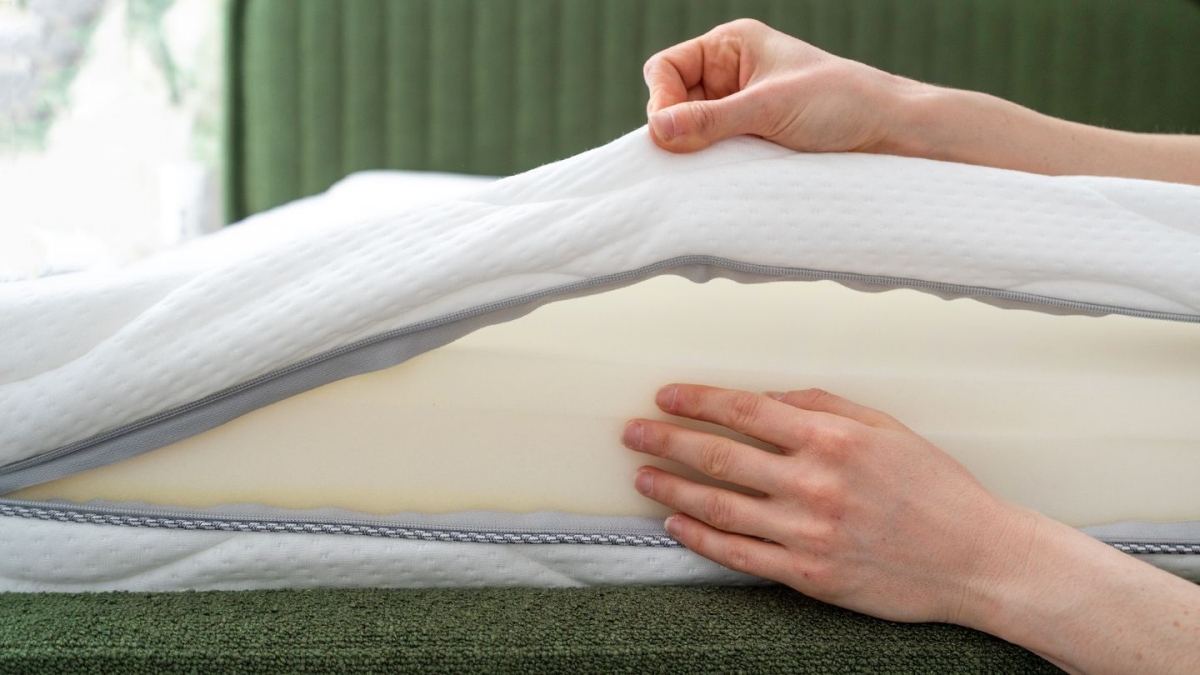

Bedroom Furniture
How To Clean Up Fiberglass From A Mattress
Modified: April 22, 2024
Learn the best methods to safely remove fiberglass particles from your mattress. Keep your bedroom furniture clean and free from irritating fibers.
(Many of the links in this article redirect to a specific reviewed product. Your purchase of these products through affiliate links helps to generate commission for Storables.com, at no extra cost. Learn more)
Introduction
Having a comfortable and clean mattress is essential for a good night’s sleep and overall well-being. However, accidents can happen, and in some cases, you may find fiberglass particles on your mattress. Fiberglass is a material commonly used in mattresses to provide support and durability. Unfortunately, if the mattress becomes damaged or torn, the fiberglass can be released and cause discomfort and irritation.
It is crucial to address this issue promptly and ensure that your mattress is free from fiberglass particles. In this article, we will guide you through the process of cleaning up fiberglass from a mattress effectively and safely, ensuring a clean and comfortable sleeping environment.
Please note: Dealing with fiberglass particles can be challenging and potentially hazardous if not handled properly. It is important to take necessary precautions, such as wearing protective gloves and a face mask, to minimize the risk of exposure. Additionally, if you have a severe fiberglass contamination issue or are unsure about the process, it is recommended to seek professional assistance.
Now, let’s dive into the steps to clean up fiberglass from your mattress!
Key Takeaways:
- Ensure a safe and effective fiberglass cleanup by using protective gear, a vacuum with a brush attachment, and tape or a lint roller to remove particles from the mattress surface.
- Prevent future fiberglass issues by regularly inspecting your mattress, handling it with care, using a mattress protector, and taking precautions during maintenance or renovations.
Read more: How To Clean Up Fiberglass Insulation
Step 1: Prepare the necessary equipment
Before you start the process of cleaning up fiberglass from your mattress, it is essential to gather the necessary equipment. Here are the items you will need:
- Gloves: Wearing gloves will protect your hands from potential irritation caused by the fiberglass particles.
- Face mask: A face mask will help prevent you from inhaling any airborne fiberglass particles during the cleanup process.
- Vacuum cleaner: A high-powered vacuum cleaner with a brush attachment will be effective in removing loose fiberglass particles from the mattress.
- Tape or lint roller: These tools will help pick up any remaining fiberglass fibers that may have settled on the mattress surface.
- Microfiber cloth or sponge: This will be used to wipe down the mattress surface and remove any remaining particles.
- Mattress cover or protector: Consider using a mattress cover or protector to prevent future fiberglass contamination and protect your mattress from spills or stains.
Once you have gathered all the necessary equipment, you are ready to proceed with the cleanup process. Remember to handle the fiberglass and equipment with care to minimize the risk of further spreading the particles.
Step 2: Remove loose fiberglass particles
Now that you have your equipment ready, it’s time to start removing the loose fiberglass particles from your mattress. Follow these steps:
- Put on protective gear: Before you begin, ensure that you are wearing gloves and a face mask to protect yourself from potential irritation.
- Take the mattress outside (if possible): If it is feasible, carry the mattress outside to minimize the dispersal of fiberglass particles in your home.
- Tap or gently shake the mattress: Lightly tap or shake the mattress to dislodge any loose fiberglass particles. This will help them fall off the surface more easily.
- Use a vacuum cleaner: Attach the brush attachment to your vacuum cleaner and carefully vacuum the entire surface of the mattress. Ensure that you reach into crevices and seams where fiberglass particles may be hiding.
Be thorough in your vacuuming to ensure that you capture as many loose fibers as possible. Take your time and go over the entire mattress surface multiple times to achieve the best results. Empty the vacuum cleaner’s dust bag or canister frequently to prevent fiberglass particles from being released back into the air.
If you are unable to take the mattress outside, place a plastic sheet underneath it to catch any loose fiberglass particles that may fall during the cleanup process.
Great! You have successfully removed the loose fiberglass particles from your mattress. In the next step, we will address any remaining fibers that may be on the surface.
Step 3: Vacuum the mattress
With the loose fiberglass particles removed, it’s time to thoroughly vacuum your mattress to ensure that any remaining fibers are also eliminated. Follow these steps:
- Attach a brush attachment or upholstery attachment: Choose a suitable attachment for your vacuum cleaner that is designed for cleaning upholstery or mattresses. This will help ensure effective removal of particles.
- Start from the top: Begin vacuuming the mattress from the top, working your way down to the bottom. Use slow and deliberate strokes to allow the vacuum to pick up as many fibers as possible.
- Pay attention to seams and edges: Focus on the seams, edges, and corners of the mattress, as these areas are more likely to harbor fiberglass particles. Run the vacuum cleaner along these areas, applying gentle pressure to dislodge and remove any remaining fibers.
- Repeat the process: Repeat the vacuuming process multiple times to ensure a thorough cleanup. Fiberglass particles can be stubborn, so it’s important to be diligent in your efforts.
While vacuuming, be careful not to press too hard on the mattress to prevent damaging the fabric or foam. Allow the vacuum cleaner to do the work and use gentle and consistent motions for optimal results.
Once you have finished vacuuming the mattress, ensure that you empty the vacuum cleaner’s dust bag or canister and dispose of it properly. This will help prevent any remaining fiberglass particles from becoming airborne again.
Brilliant! Your mattress is now free from loose fiberglass particles and has been thoroughly vacuumed. In the next step, we will address any remaining fibers that may be on the surface using tape or a lint roller.
Step 4: Use tape or lint roller to pick up remaining fibers
After vacuuming the mattress, there may still be some stubborn fiberglass fibers clinging to the surface. To remove these remaining fibers, you can utilize the sticky properties of tape or a lint roller. Follow these steps:
- Choose the right tool: Select either a wide adhesive tape or a lint roller with a sticky surface. Both options work effectively in picking up small particles like fiberglass.
- Start from one corner: Begin at one corner of the mattress and press the sticky side of the tape or lint roller onto the surface.
- Roll or pat: Roll the tape or lint roller across the mattress, applying gentle pressure. Alternatively, you can also pat the tape onto the surface to pick up any remaining fibers.
- Inspect and repeat: After each pass, carefully examine the tape or lint roller to see if any fiberglass fibers have been captured. If necessary, repeat the process in areas where fibers are still visible.
- Dispose of the used tape or lint roller: Once you have finished removing the remaining fibers, carefully remove the used tape or sheets from the lint roller and dispose of them properly. This will prevent any potential re-contamination.
Take your time and be thorough in your approach. Check the entire surface of the mattress, including seams and edges, to ensure that no fibers are left behind.
It’s important to note that adhesive tape or lint rollers may not be able to capture every single fiber, especially if they are deeply embedded in the fabric or foam. However, by following this step, you can significantly reduce the presence of fiberglass particles on your mattress.
Great job! You have successfully picked up the remaining fiberglass fibers using tape or a lint roller. In the next step, we will wipe down the mattress to eliminate any residue.
Use duct tape to gently lift the fiberglass particles from the mattress. Then, vacuum the area thoroughly to remove any remaining particles. Be sure to wear gloves and a mask to protect yourself from the fiberglass.
Step 5: Wipe down the mattress surface
Now that you have removed the majority of the fiberglass particles from your mattress, it’s time to give it a thorough wipe down to eliminate any remaining residue. Follow these steps:
- Dampen a microfiber cloth or sponge: Moisten a microfiber cloth or sponge with water. Ensure that it is damp but not soaking wet to avoid damaging the mattress.
- Wipe the surface: Gently wipe down the entire surface of the mattress, paying special attention to areas where fiberglass particles were present.
- Use gentle, circular motions: Use circular motions while wiping to help lift any remaining residue from the surface. Avoid applying too much pressure, as this may push the particles further into the mattress.
- Rinse and repeat: Periodically rinse the cloth or sponge and wring out any excess water. This will help prevent spreading any residue back onto the mattress.
- Allow the mattress to dry: After the wipe down, allow the mattress to air dry completely before placing any bedding back on it. This will prevent moisture from becoming trapped and potentially causing mold or mildew.
By wiping down the mattress surface, you are removing any remaining fiberglass residue and ensuring a clean and comfortable sleeping environment.
Remember, it’s important to be gentle and avoid using harsh cleaning agents or chemicals, as they can be harmful to your mattress and your health. Stick to using water and a microfiber cloth or sponge for a safe and effective cleaning process.
Well done! Your mattress is now clean and free from fiberglass particles. In the next step, we will address the cleanliness of your bedding and the surrounding area to prevent future fiberglass contamination.
Step 6: Clean the bedding and surrounding area
Now that your mattress is clean, it is essential to also clean your bedding and the surrounding area to prevent any potential future fiberglass contamination. Follow these steps:
- Remove and wash bedding: Strip the bed of all bedding, including sheets, pillowcases, and mattress protectors. Place them in the washing machine and launder them according to the manufacturer’s instructions.
- Use a lint roller on bedding: Before putting your bedding back on the mattress, pass a lint roller over it to capture any stray fiberglass fibers that may be present.
- Vacuum the surrounding area: Use your vacuum cleaner to thoroughly vacuum the surrounding area, including the floor, bedside tables, and any nearby furniture. This will help remove any fiberglass particles that may have spread during the cleanup process.
- Dispose of vacuum cleaner contents carefully: Empty the contents of the vacuum cleaner into a trash bag, seal it tightly, and properly dispose of it. This will prevent any potential re-contamination.
- Consider using mattress protectors and encasements: To further protect your mattress from fiberglass particles and other contaminants, consider using mattress protectors or encasements. These can act as an additional barrier between your mattress and any potential contaminants.
By cleaning your bedding and the surrounding area, you not only remove any remaining fiberglass particles but also create a cleaner and healthier sleep environment.
Well done! Your bedding and the surrounding area are now clean and free from fiberglass contamination. In the final step, we will discuss the precautions you can take to prevent future fiberglass issues.
Step 7: Take precautions to prevent future fiberglass contamination
To ensure that your mattress stays free from fiberglass particles in the future, it’s important to take some preventive measures. Follow these steps:
- Regularly inspect your mattress: Periodically check your mattress for any signs of wear and tear, such as holes or tears in the fabric. If you notice any damage, repair it promptly to prevent fiberglass from being released.
- Handle your mattress with care: When moving or rotating your mattress, be mindful of how you handle it. Avoid dragging it across rough surfaces or bumping it against sharp objects that could cause damage and fiber release.
- Use a mattress protector: Consider using a mattress protector or encasement as an extra layer of protection for your mattress. These covers can help prevent any fiberglass particles from spreading or becoming dislodged.
- Be cautious during maintenance or renovations: If you’re having work done in your home that involves fiberglass materials (such as insulation or repairs), take precautions to isolate your mattress from the work area to minimize the risk of contamination.
- Follow manufacturer’s instructions: When cleaning your mattress, always refer to the manufacturer’s instructions to ensure that you’re using appropriate methods and products that won’t damage the mattress or release fiberglass particles.
By following these precautions, you can minimize the risk of future fiberglass contamination and maintain a clean and safe sleeping environment.
Congratulations! You have completed all the necessary steps to clean up fiberglass from your mattress and have taken preventive measures to avoid future contamination. Your efforts will ensure a comfortable and healthy sleep space free from fiberglass particles.
Remember, if you encounter severe fiberglass contamination or are unsure about the cleanup process, it’s wise to seek professional assistance to ensure your safety and the integrity of your mattress.
Thank you for reading, and we hope these steps have been helpful in guiding you through the process of cleaning up fiberglass from a mattress! Sleep well!
Conclusion
Cleaning up fiberglass from a mattress can be a challenging task, but by following the steps outlined in this guide, you can effectively remove fiberglass particles and create a clean and comfortable sleeping environment. It is important to handle fiberglass with caution and take necessary precautions to avoid exposure and irritation.
Throughout the process, we discussed the importance of wearing protective gear such as gloves and a face mask. We also emphasized the use of a vacuum cleaner with a brush attachment, tape or lint roller, and a damp cloth or sponge to thoroughly clean the mattress surface.
In addition to cleaning the mattress, we emphasized the importance of also cleaning your bedding and the surrounding area to prevent fiberglass contamination from spreading. Regular maintenance, such as inspecting your mattress for damage, handling it with care, and using a mattress protector, can help prevent future issues.
We hope that this guide has provided you with valuable information and practical steps to effectively clean up fiberglass from your mattress. Remember, if you encounter severe contamination or are unsure about the process, it is always recommended to seek professional assistance.
By taking the time and effort to properly clean and maintain your mattress, you can enjoy a restful sleep knowing that you have created a clean and safe sleeping environment, free from any potential irritants or contaminants.
Thank you for reading, and may you enjoy many nights of peaceful, fiberglass-free sleep!
Frequently Asked Questions about How To Clean Up Fiberglass From A Mattress
Was this page helpful?
At Storables.com, we guarantee accurate and reliable information. Our content, validated by Expert Board Contributors, is crafted following stringent Editorial Policies. We're committed to providing you with well-researched, expert-backed insights for all your informational needs.
